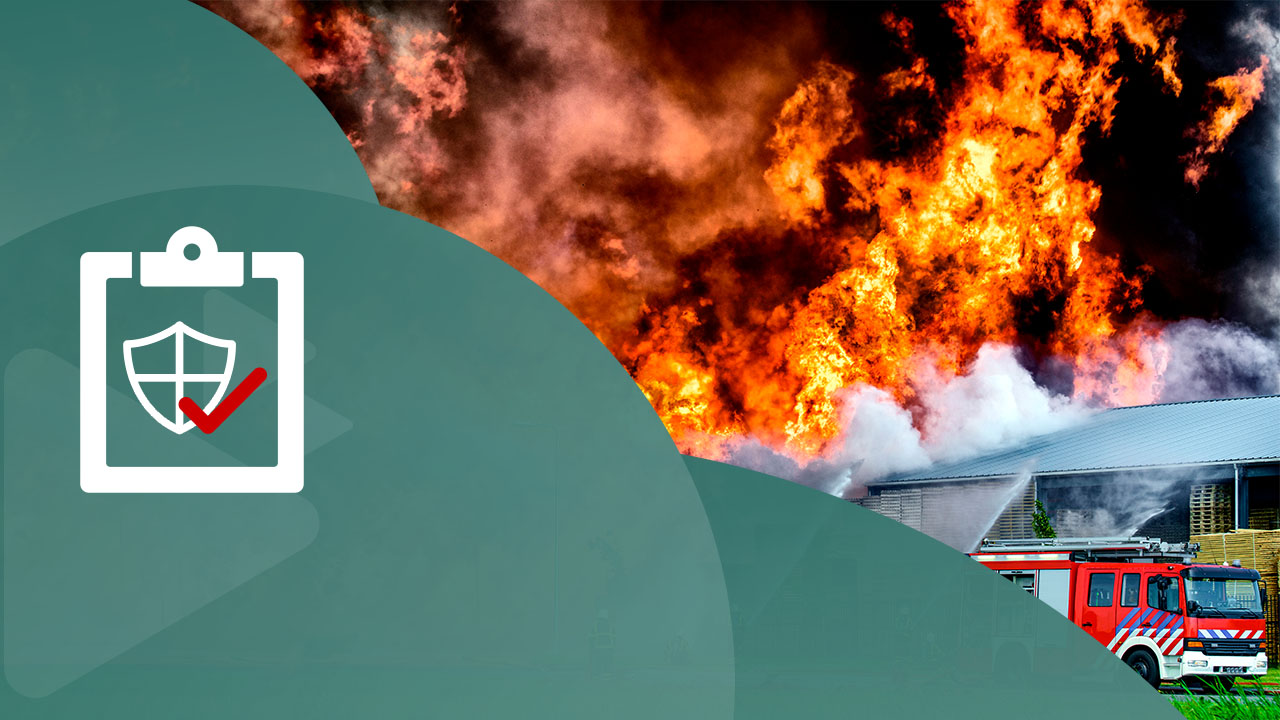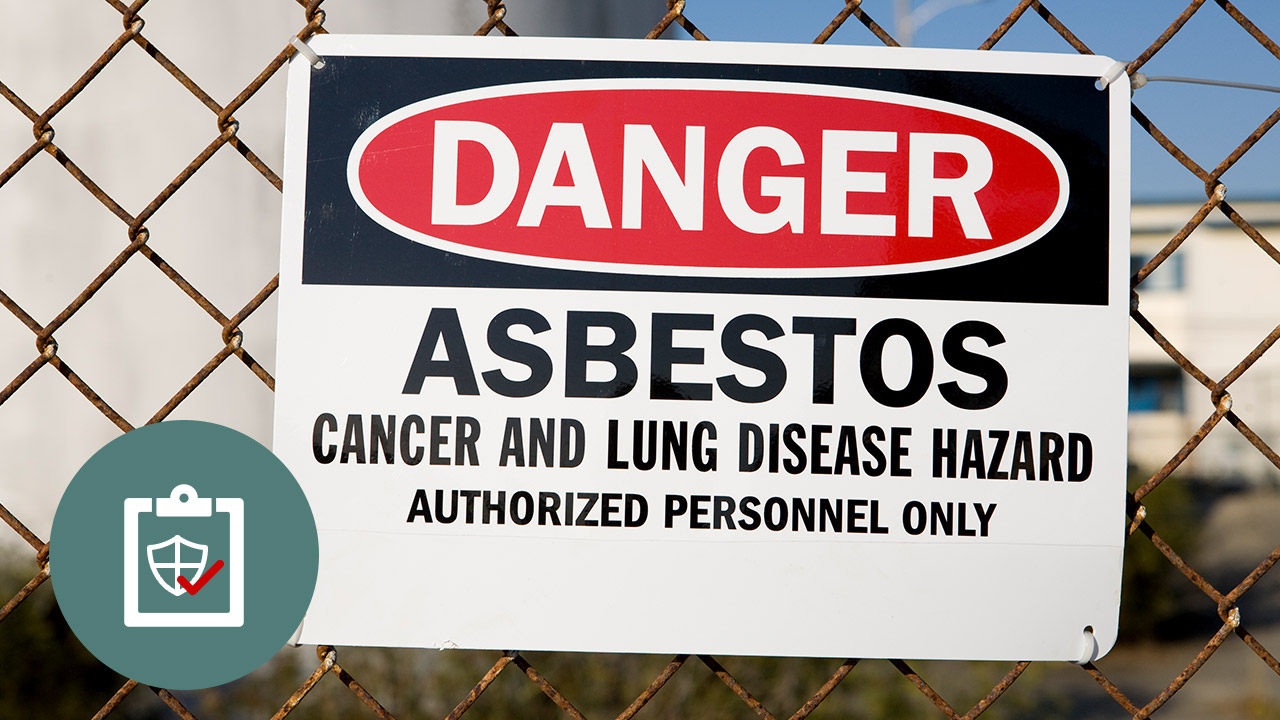Pandemics - UK
- 8 topics | 1h 19m 1s
- Includes Assessment
- Up to 30 languages
- Transcripts
The Department of Health and Social Care once estimated that if a pandemic virus was to hit the UK, approximately 90,000 to 600,000 people could possibly die. This was based on models from past pandemics – the Spanish Flu (1918), the Asian Flu (1957), and the Hong Kong Flu (1968). The government further estimated that up to 35% of the workforce could be absent from work at the height of a pandemic wave. The potential impact on the social and economic infrastructure is enormous. When the H1N1 Pandemic of 2009 occurred, the World Health Organisation (WHO) stated that there were over 184,000 clinically confirmed deaths worldwide in the first year. Since then, advances in science and preparedness have been implemented to prevent outbreaks from reaching pandemic proportions. Great strides have been made in monitoring and detection, risk assessment, prevention and treatment. These advances are outlined in the Department of Health’s UK Influenza Pandemic Preparedness Strategy. This plan outlines the roles and responsibilities of governmental and non-governmental entities., but clearly indicates that the centre of gravity for pandemic response will be at the community level. According to the plan, “However well plans for a new pandemic are prepared and implemented by health and other organisations, their overall effectiveness will ultimately depend on the cooperation of individuals and their willingness to follow advice, take personal responsibility for their health and accept responsibility for supporting each other. Government alone cannot mitigate the progression and impact of a pandemic. Rather, it will require people, communities and government to work together and act appropriately to achieve this. For businesses, the plan states “Plans for responding to any influenza pandemic build on and enhance normal business continuity planning for more routine pressures such as bad weather and winter illness. Pandemic preparedness is therefore an integral part of wider emergency response and preparedness.” In other words, it is essential for all institutions and businesses to develop their own pandemic plan. It isn't too early to start planning how you and your organization will respond to the very real threat of a pandemic virus. In fact, there could be a point when it is too late. This course is designed to increase awareness of pandemic threats and to provide information that can be used to form the basis of preparedness and prevention for your organisation. This course was developed with subject matter expert support by DEKRA – Global advisors for safety testing, consulting, inspection, and certification. Please note, the course materials and content were current with the laws and regulations at the time of the last expert review, however, they may not reflect the most current legal developments. Nothing herein, or in the course materials, shall be construed as professional advice as to any particular situation with respect to compliance with legal statutes or requirements.
WHAT YOU WILL LEARN
-
identify key characteristics of 3 types of influenza
-
recognise the most effective way to protect yourself against the flu
-
identify those at a higher likelihood than the general population for contracting COVID-19
-
identify precautions to take to protect yourself and others
-
identify the stages a virus goes through to cross species
-
identify factors that influence the speed with which a virus could become pandemic
-
identify the types of nonpharmaceutical interventions that may be used to limit or prevent the spread of viruses
-
identify types of pharmaceutical interventions used to limit or prevent the spread of viruses
-
identify key concepts associated with actions the UK government is taking to track and prevent the spread of pandemics
-
match the categories of hazard controls suggested by government with examples
-
recognise examples of considerations for inclusion in a personal pandemic preparedness plan
IN THIS COURSE
-
Influenza (The Flu)14m
-
Coronaviruses and COVID-1918m
-
The Nature of Viral Pandemics8m
-
The Pandemic Threat of Viruses in Humans3m
-
Nonpharmaceutical Infection Control6m
-
Pharmaceutical Infection Control5m
-
Government and Organisational Preparation7m
-
Personal Preparedness7m
YOU MIGHT ALSO LIKE
COMPLIANCE-COURSE
Fire Warden/Marshal - UK
COMPLIANCE-COURSE
Lone Worker (Employee) – UK
COMPLIANCE-COURSE
Asbestos - UK


